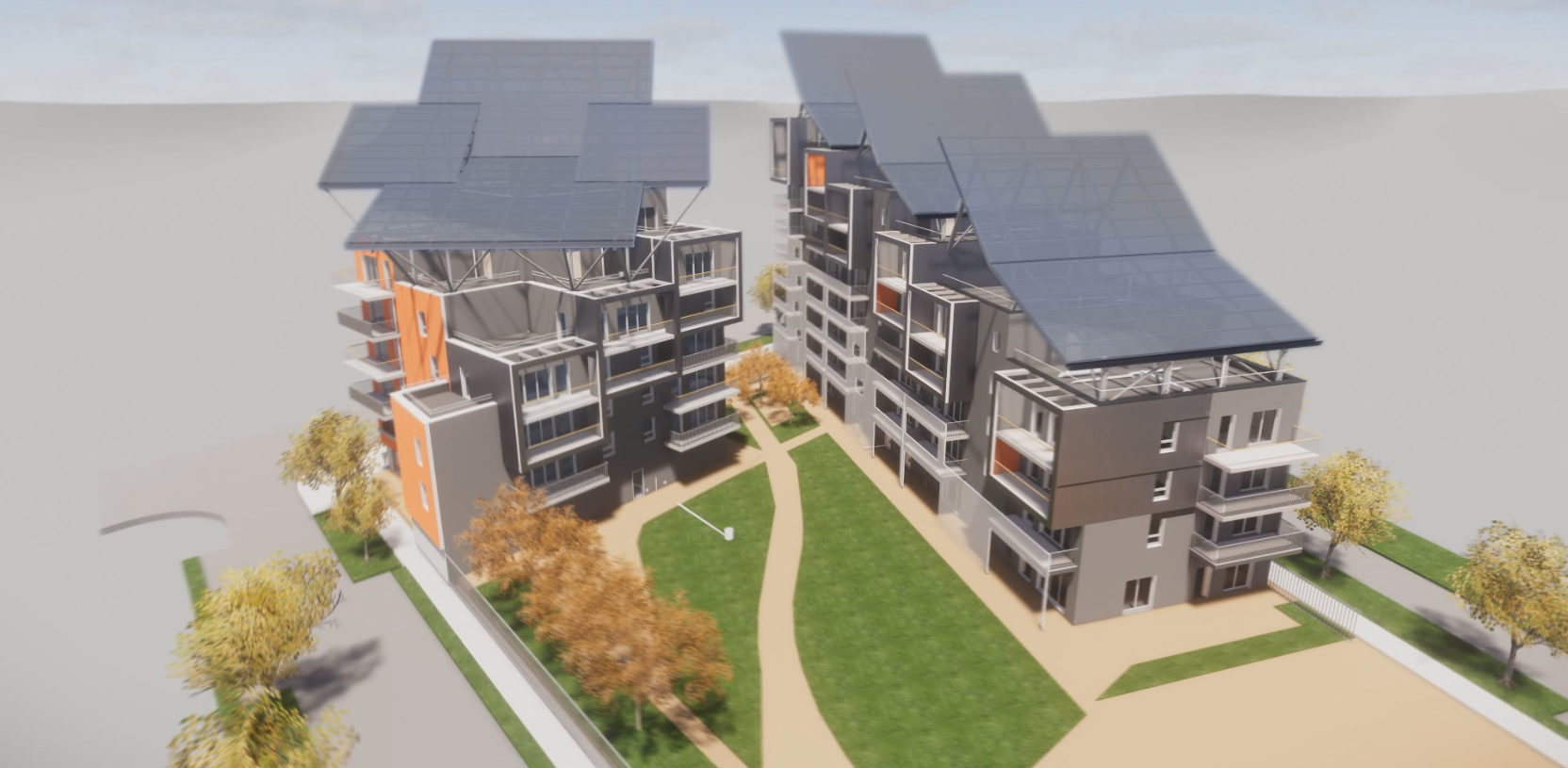The ABC EcoCité demonstrator Grenoble
Other
Published by:
Datasheet
Description
BIM, an environmental ally on the project
On this project, the BIM has made it possible to verify the energy and environmental criteria to reach the ambitious certifications. Thanks to the quality of the BIM models produced, the project teams have even been able to develop previously non-existent uses.
This was the case when responding to a call for proposals of the Digital Transition Plan for the Building on the contribution of BIM in the implementation of the E + C- (positive energy and low carbon building) standard: the Project BIM data processing, using environmental simulation software (carbon, energy, LCA), was new.
An innovative use case that has enabled the refinement of building life cycle analysis studies on CO2 emission critical batches. This use of BIM models to make energy and environmental studies more reliable is at the heart of the ABC concept and at the service of the project's ambitions.
How was BIM implemented to help design and monitor the design of complex technical systems in this innovative habitat project?
If the BIM remains initiated by the traditional actors (Architects and consulting firms), its exploitation has been made available to the greatest number, thanks to a diffusion of all the models, coordinated between them. All the speakers (architects, engineers, project managers, project managers, economists, maintainers, etc.) had to have access to the collaborative platform at all times, in order to be able to take the measure - each on their own scale - of the very constraints project, and take part in its design. To achieve this collaborative goal, several issues have been solved...
The implementation of the BIM process on this project has brought many benefits: better coordination between different trades, better management of interfaces and better communication between actors. Logically, time savings have also been realized: in the search for information, in the analysis of the advantages and disadvantages of project variants, as well as for the production of execution deliverables (dimensioning and implementation plans).
BIM has also been able to automatically extract quantities of data from the models, to supply more than 80% of the services in the architectural and structural crowns.
Finally, all the actors involved, and not just the modeling teams, have upgraded their skills to BIM. The objectives set, pragmatic and focused on business uses, have demonstrated the usefulness of the new methodologies of working in BIM and convinced some actors to begin a transformation of their profession.












